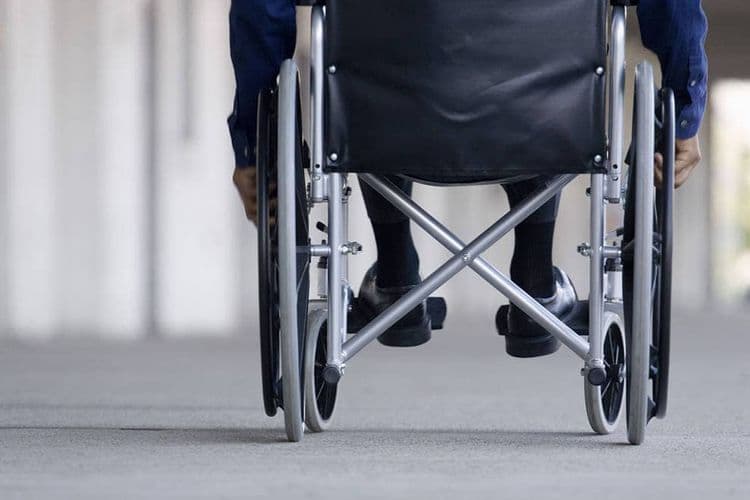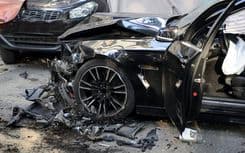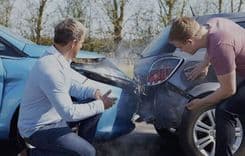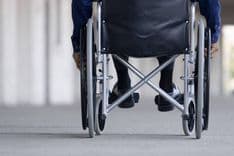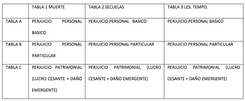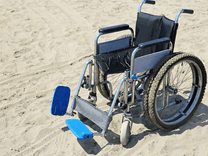Today we are going to talk about permanent disability due to an accident. Better known as after-effects or sequelae, these are a hard time for the victim who must learn to live with a new and different physical or psychological situation that limits him/her to some extent.
What is permanent disability due to a traffic accident?
We are dealing with permanent disability due to a traffic accident when, after the occurrence of an accident, the victim suffers injuries that result in a physical or psychological situation that prevents him/her from being able to carry out his/her usual profession and/or any other work, either totally or partially.
The following is a breakdown of the 4 types of permanent disability that can occur after a traffic accident: partial, total, absolute and severe disability.
Partial permanent disability
Situation in which the worker is partially unable to carry out his or her usual work. This occurs when work performance is reduced by 33%.
Total permanent disability
Situation in which the worker is totally unable to carry out his/her usual work, but not other occupations.
Absolute permanent incapacity
Situation in which the worker is absolutely unable to carry out his usual work and any other occupation.
Permanent incapacity for severe disability
Situation in which the worker, who is permanently and totally disabled, requires the help of a third person to be able to carry out the basic activities of daily life.
Claiming compensation for permanent disability after a traffic accident
When we cause permanent disability, in any of its degrees, the victim is entitled to receive the corresponding benefit by means of an administrative application through the Instituto Nacional de la Seguridad Social.
However, when permanent disability is caused by a traffic accident, Law 35/2015, of 22nd September, on the reform of the system for the assessment of damages caused to people in traffic accidents, also includes various compensation items aimed at compensating the harmful consequences caused to the victim.
Firstly, the law provides for a Medical Scale, with an exhaustive list classifying the different after-effects and their assessment within an individualised range.
Independently, a table of pre-established compensation amounts is set out, depending on the number of sequelae points and the victim's age. These amounts are automatically updated, with effect from 1 January each year, in accordance with the percentage of the pension revaluation index provided for in the General State Budget Law.
On the other hand, the law assesses the so-called moral damage due to loss of quality of life caused by sequelae, when a certain number of sequelae are exceeded.
Likewise, the law foresees a compensation item for those injured who need the help of a third person due to permanent incapacity after a traffic accident.
Finally, when we find ourselves in a situation of permanent incapacity, in any of its degrees, our economy is inevitably harmed. In other words, there is the so-called loss of earnings, which are the amounts that we stop or will stop receiving, for personal work carried out, as a result of a traffic accident. Well, the law contains compensation items to cover those amounts that we will cease to receive for the performance of our profession or any other, and that we will no longer be able to carry out as a result of permanent disability after a traffic accident.
There are various types of damages and losses that can be compensated for in the Traffic Schedule, and the key to a perfect claim for permanent disability due to a traffic accident is the correct and experienced application of the Schedule so as not to leave any damage caused to which we are entitled.


